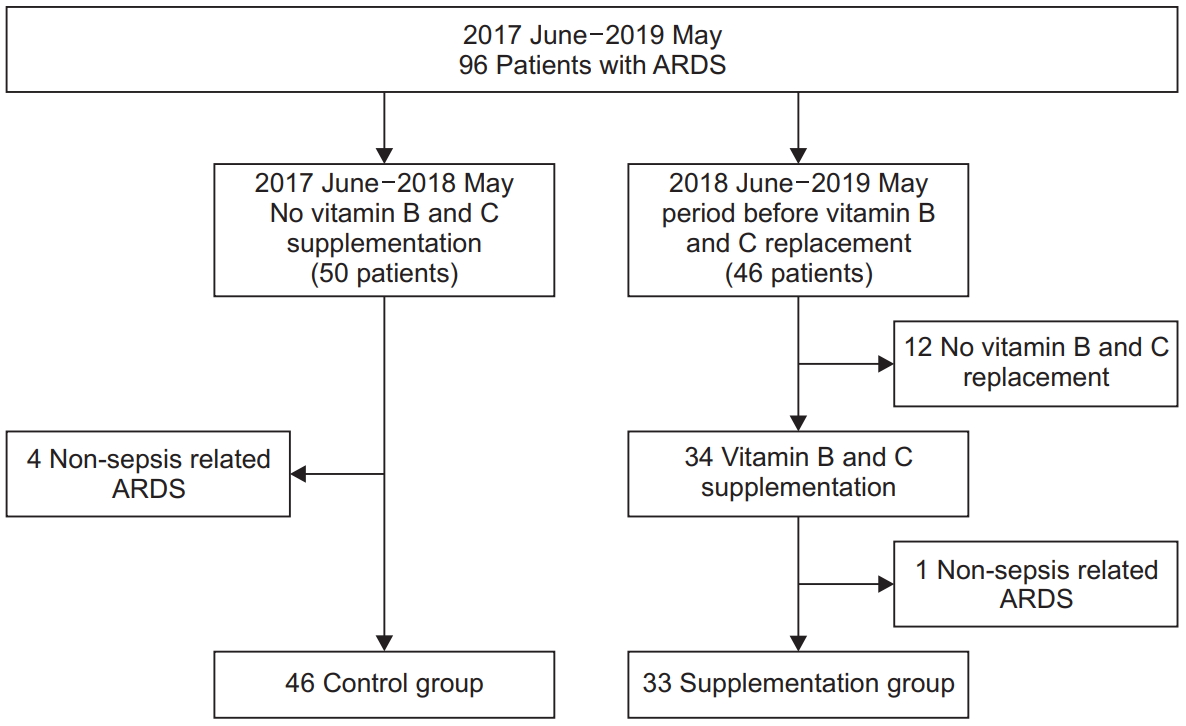 |
 |
| Tuberc Respir Dis > Volume 83(3); 2020 > Article |
|
Abstract
Background
Methods
Results
Notes
Authors’ Contributions
Conceptualization: Yoo JW. Methodology: Yoo JW. Formal analysis: Yoo JW, Kim RB. Data curation: Ju S, Lee SJ, Cho YJ, Jeong YY, Lee JD. Validation: Yoo JW, Kim HC. Investigation: Lee JD, Kim HC. Writing - original draft preparation: Yoo JW. Writing - review and editing: Yoo JW. Approval of final manuscript: all authors.
Table 1.
BMI: body mass index; COPD: chronic obstructive pulmonary disease; APACHE: Acute Physiology and Chronic Health Evaluation; SOFA: Sequential Organ Failure Assessment; AKI: acute kidney injury; RRT: renal replacement therapy; MV: mechanical ventilation; TV: tidal volume; PBW: predicted body weight; PEEP: positive end-expiratory pressure; FiO2: fractioned inspired oxygen; NM: neuromuscular blocking; ECMO: extracorporeal membrane oxygenation.
Table 2.
Table 3.
Table 4.
References
-
METRICS

- ORCID iDs
-
Jung-Wan Yoo

https://orcid.org/0000-0002-2137-3848Ho Cheol Kim

https://orcid.org/0000-0002-3262-0672 - Related articles
-
Two Cases of Falciparum Malaria with Acute Respiratory Distress Syndrome.1998 August;45(4)
Pathogenesis & Pathophysiology of Acute Respiratory Distress Syndrome.2001 May;50(5)
Clinical Manifestations and Diagnosis of Acute Respiratory Distress Syndrome.2001 June;50(6)
A Case of Cryoglobulinemia-induced Acute Respiratory Distress Syndrome.2001 August;51(2)



 PDF Links
PDF Links PubReader
PubReader ePub Link
ePub Link Full text via DOI
Full text via DOI Print
Print Download Citation
Download Citation



